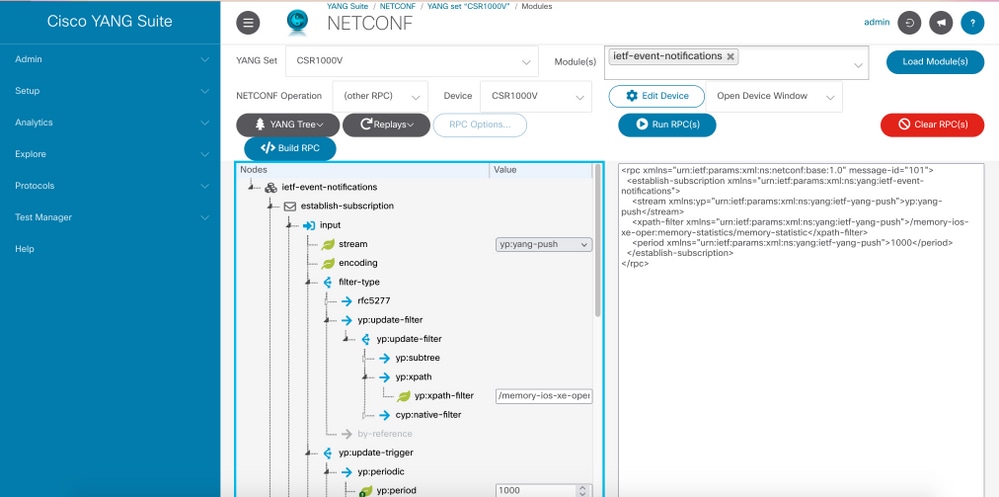

CISCO IOS XE SOFTWARE SOFTWARE
To determine which Cisco IOS XE Software release is running on a device, administrators can log in to the device, use the show version command in the CLI, and then refer to the system banner that appears. Determining the Cisco IOS XE Software Release The following example shows the output of the command for a device that is running Cisco IOS Software Release 15.5(2)T1 and has an installed image name of C2951-UNIVERSALK9-M: Router> show versionĬisco IOS Software, C2951 Software (C2951-UNIVERSALK9-M), Version 15.5(2)T1, RELEASE SOFTWARE (fc1)Ĭopyright (c) 1986-2015 by Cisco Systems, Inc.Ĭompiled Mon 22-Jun-15 09:32 by prod_rel_teamįor information about the naming and numbering conventions for Cisco IOS Software releases, see White Paper: Cisco IOS and NX-OS Software Reference Guide. Some Cisco devices do not support the show version command or may provide different output. The banner also displays the installed image name in parentheses, followed by the Cisco IOS Software release number and release name.

If the device is running Cisco IOS Software, the system banner displays text similar to Cisco Internetwork Operating System Software or Cisco IOS Software. To determine which Cisco IOS Software release is running on a device, administrators can log in to the device, use the show version command in the CLI, and then refer to the system banner that appears. Determining the Cisco IOS Software Release If the device is not configured as a DHCP relay agent, the command will not return any output. To determine whether a CMTS device is configured as a DHCP relay agent, administrators can log in to the device and use the show running-config | include cable helper-address command in the CLI.

Note: A cable modem termination system (CMTS) device is enabled as a DHCP relay agent by using the cable helper-address command in the CLI. If a device is not configured as a DHCP relay agent, the show running-config | include ip helper-address command will not return any output. The following example shows the output of the command for a device that is running Cisco IOS Software and is configured as a DHCP relay agent that forwards DHCP packets to the DHCP server address 10.10.10.1: Router# show running-config | include ip helper-address To determine whether a device is configured as a DHCP relay agent, administrators can log in to the device and use the show running-config | include ip helper-address command in the CLI. This vulnerability affects Cisco devices that are running a vulnerable release of Cisco IOS Software or Cisco IOS XE Software and are configured as a DHCP relay agent.įor information about which Cisco IOS and IOS XE Software releases are vulnerable, see the Fixed Software section of this advisory. For a complete list of the advisories and links to them, see Cisco Event Response: September 2017 Semiannual Cisco IOS and IOS XE Software Security Advisory Bundled Publication.

This advisory is part of the September 27, 2017, release of the Cisco IOS and IOS XE Software Security Advisory Bundled Publication, which includes 12 Cisco Security Advisories that describe 13 vulnerabilities. This advisory is available at the following link: There are no workarounds that address this vulnerability.
CISCO IOS XE SOFTWARE FULL
A successful exploit could allow the attacker to execute arbitrary code and gain full control of the affected system or cause the affected system to reload, resulting in a DoS condition.Ĭisco has released software updates that address this vulnerability. An attacker could exploit this vulnerability by sending a crafted DHCP Version 4 (DHCPv4) packet to an affected system. The vulnerability is due to a buffer overflow condition in the DHCP relay subsystem of the affected software. The attacker could also cause an affected system to reload, resulting in a denial of service (DoS) condition. The DHCP relay subsystem of Cisco IOS and Cisco IOS XE Software contains a vulnerability that could allow an unauthenticated, remote attacker to execute arbitrary code and gain full control of an affected system.


 0 kommentar(er)
0 kommentar(er)
